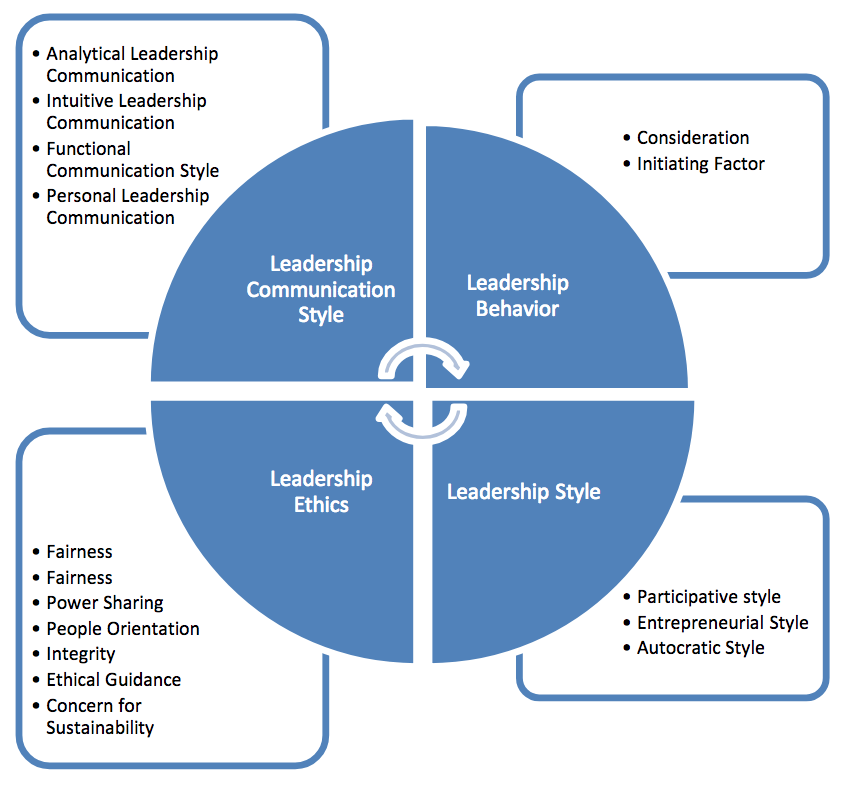Economics & Finance
Different Organizational Leadership Styles of Managers
Modern organizations are more democratic and networked than their counterparts of 30, 20, or even 10 years ago. Likewise, today’s workforce is very different from those of the days before smartphones and social media. Yet when it comes to motivating and leading organizations, the fundamental goal remains the same: Rally a diverse group of people in many different roles around a common set of goals, and do so in the face of constantly changing markets and business environments. Being an effective leader starts with discovering the type of leadership style that matches your personality, while also recognizing the need to adapt and adjust that style to the requirements of the present situation.

Fig.1. Different Strategies of Leadership in Organization
Leadership is about much more than natural charisma. Everyone has it in them to be a great leader by staying true to themselves and to what they know. Once you find the leadership style that best fits your personality and business philosophy, the challenge becomes being flexible enough to alter that style when necessary. Successful leaders know that the best leadership style for one situation isn’t the best for every circumstance. The optimal leadership style for a particular group and work environment depends on many factors, including the skills and personalities of employees, and the strengths and abilities of the group’s leader.
Leadership is a balancing act between the tried and true and the new and untested. Strategic thinkers tap into their own creativity and the innovative ideas of others, whether on their staff or outside the organization, to devise solutions to problems that may never have existed before and may never occur again. Leading a group of workers, a company, or an industry depends as much on calculated risk-taking as on sticking with approaches that have proven effective in the past.
